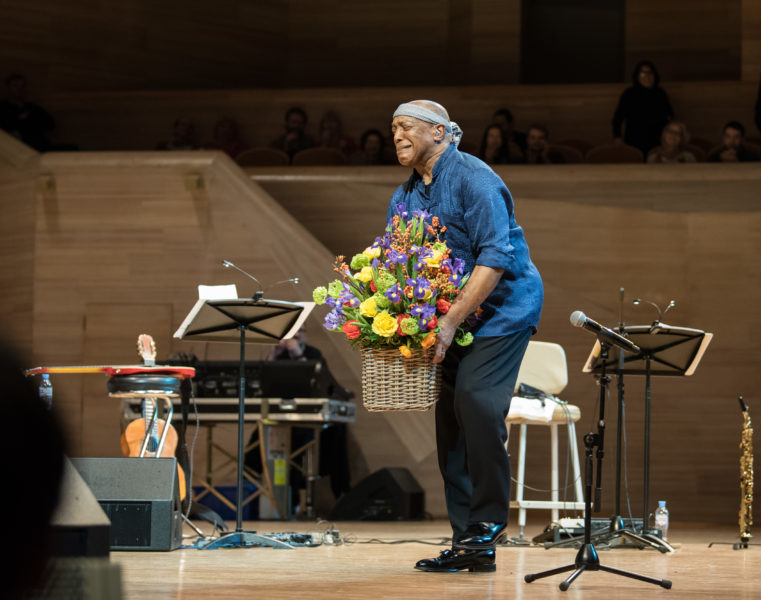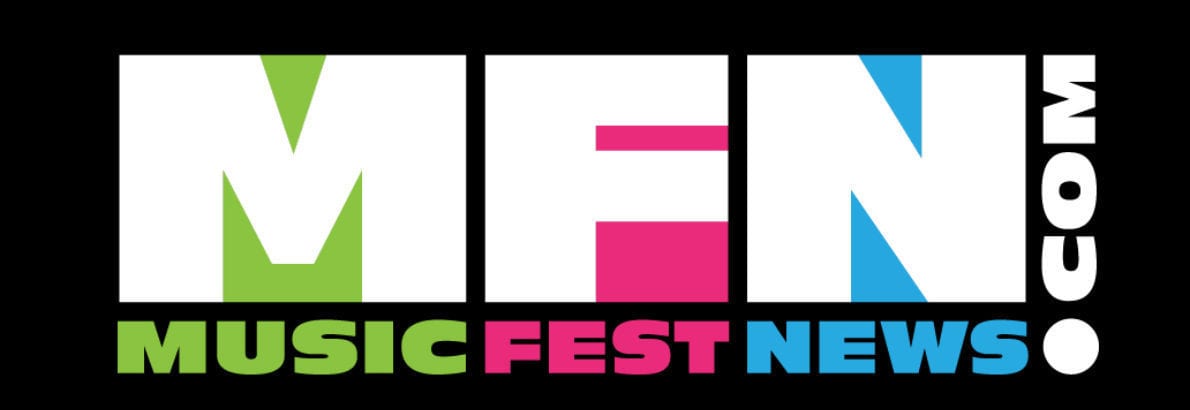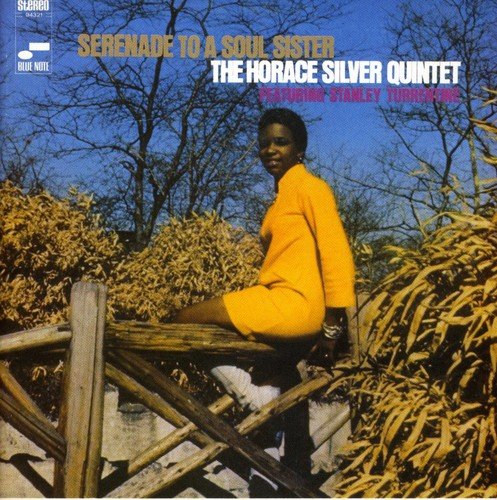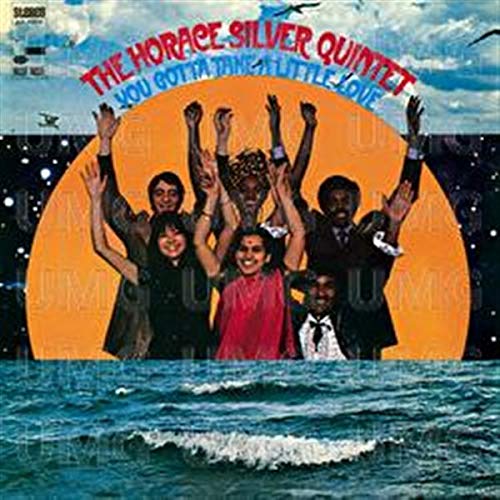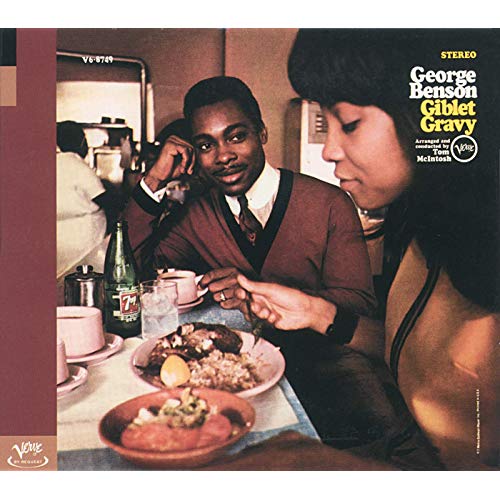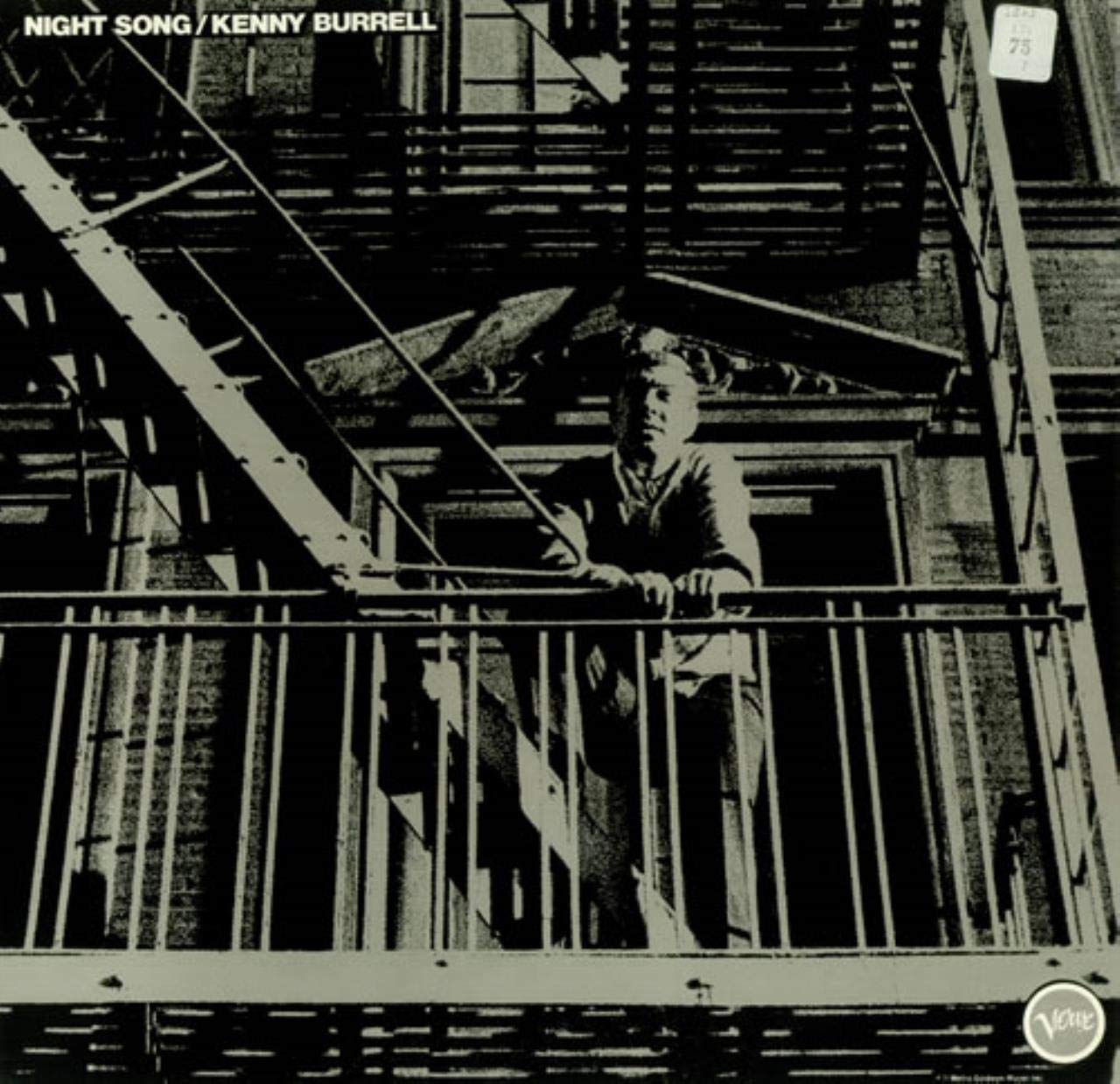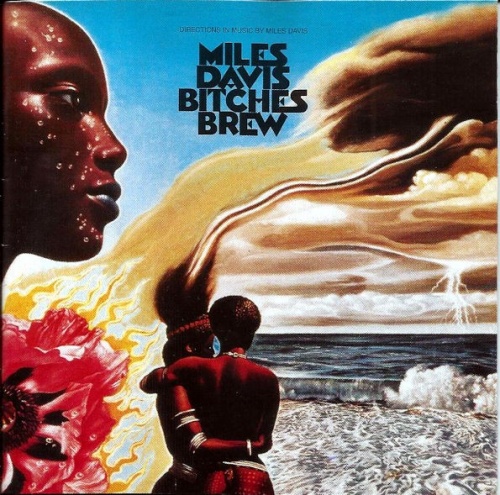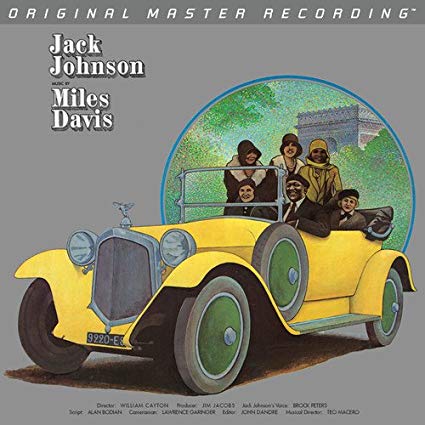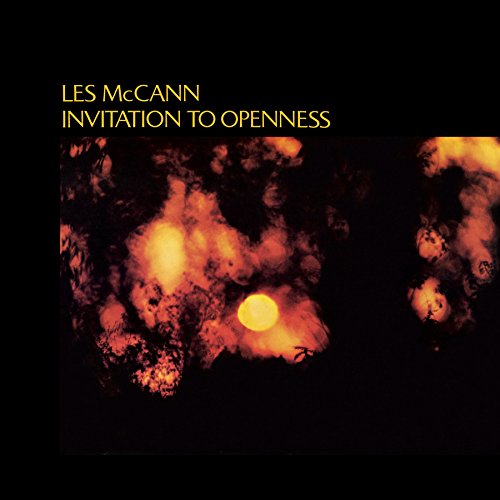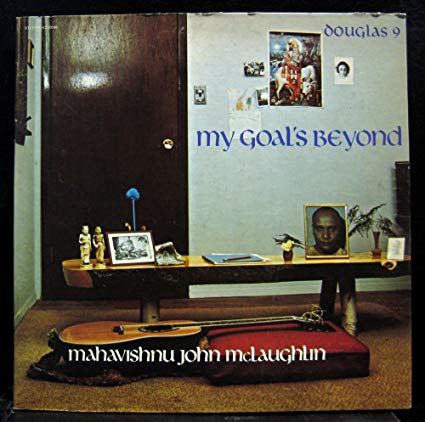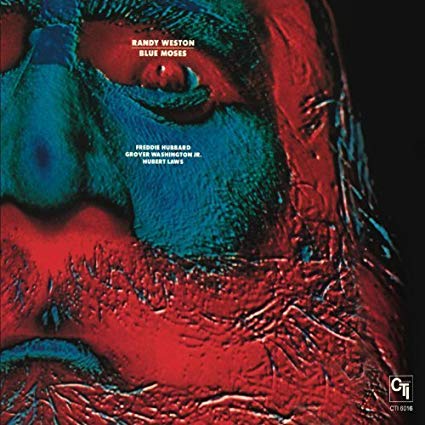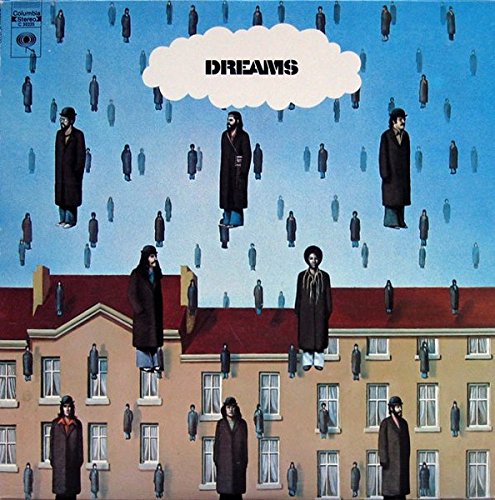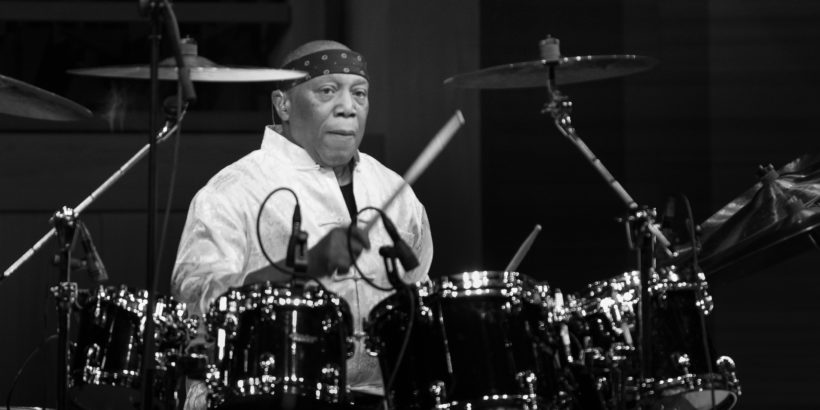
INTERVIEW: Billy Cobham Talks About Crosswinds Project, Career
We caught up with Billy Cobham somewhere near the Georgia-South Carolina border. He and his Crosswinds Project bandmates were en route from Thursday’s Howard Theater concert in DC to Largo, Florida, for a show tonight (Saturday, September 21) at the Central Park Performing Arts Center.
We had the opportunity to talk about this current project, his recording and performing career, and a glimpse into his next plan, the Total Eclipse Project. Those follow his first big endeavor, The Spectrum Project, named for his first solo album (1973). Crosswinds and Total Eclipse were Cobham’s second and third solo albums, both released in 1974.
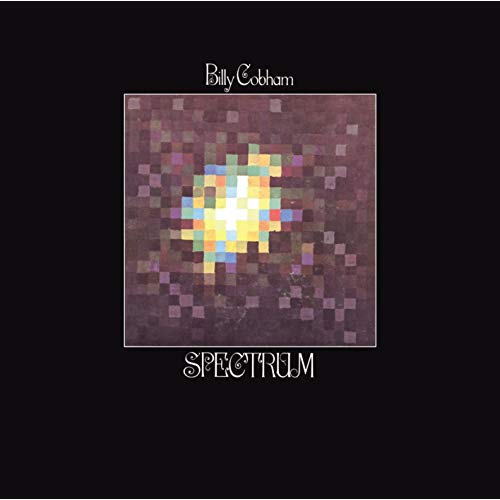
MFN: How was the show last night at the Howard Theatre?
BC: It was OK. It was pretty good.
MFN: I really enjoyed the one that nugs.tv recorded from Wednesday at the Ardmore Music Hall.
BC: I still haven’t seen it.
MFN: They did such a great job with different camera shots, and their sound is impeccable. You will enjoy it when you see it.
BC: Ok. I’m looking forward to that.
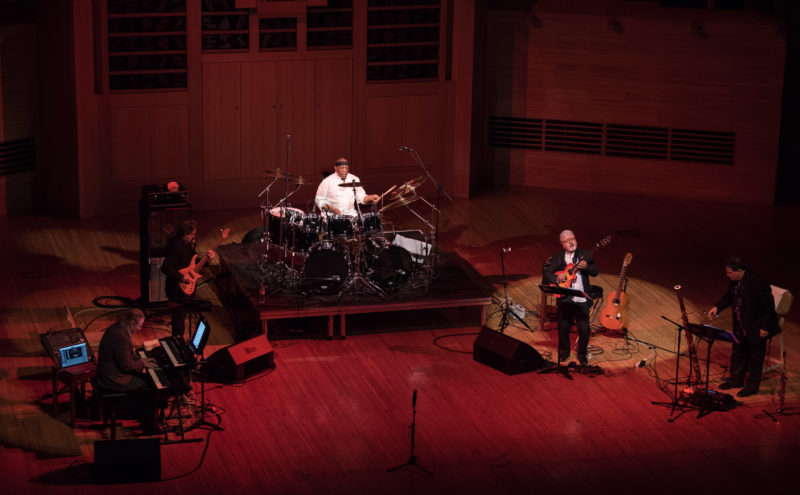
MFN: I was on the concert committee at Lehigh University, and as concert chairman 1971-1972 I only got to book two shows. The first was King Crimson and Edgar Winter; the second was Mahavishnu Orchestra. It was such a wonderful show. Everyone thought I was nuts; it was such a wonderful show. One of the things I remember was the rider attached to the contract (vegetarian menu, no alcohol), because it was so different than what all the rock bands wanted back in the dressing room.
BC: I can only imagine!
MFN: I was looking back through your resume and recordings. Were your first recorded dates with Horace Silver on Blue Note (Serenade to a Soul Sister, 1968, You Gotta Take a Little Love, 1969)?
BC: No. The first was with George Benson. Giblet Gravy (also 1968). And Kenny Burrell Night Song (1969).
MFN: What was the connection that allowed you to hook up with Miles (Davis) for all those spectacular recordings (Bitches Brew, A Tribute to Jack Johnson, etc.)?
BC: Actually, the connection started with Jack deJohnette. I was working in a band led by a pianist by the name of Junior Mance, and we were playing at the top of The Village Gate, and Miles was playing downstairs. This was 1969. Ironically, it was the same night that Neil Armstrong put his big foot on the moon (07.21.69). Right then. All that was happening on Bleecker Street. So half the audience that were sane and without too much to drink were watching the TVs outside, while everybody else that was drunk was inside, listening to the music.
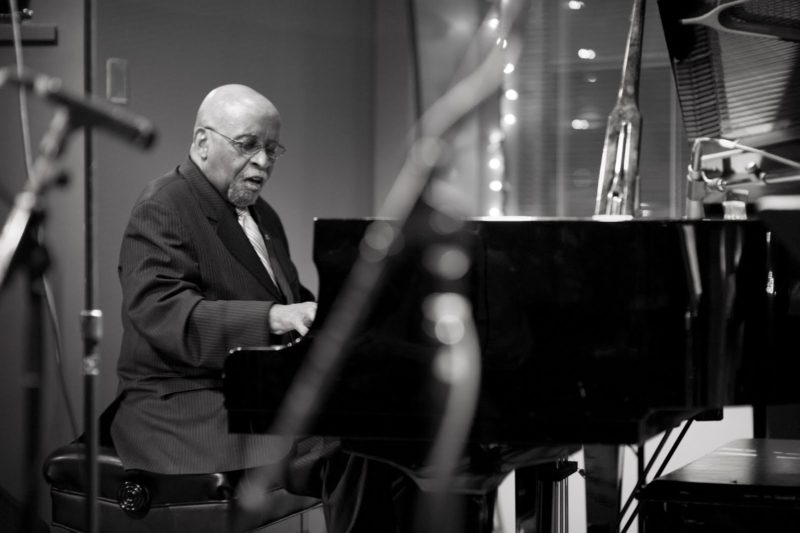
Miles was downstairs, and Jack came up and said, “Hey, man. You think you might be interested in working with Miles?” I said, “Twist my arm!” He said, “OK. If you see somebody in some bug glasses in the dark, looking in your direction, that’s because I told Miles I didn’t want to play in the band any more; I was was going to go out on the road with Chick (Corea) or, no, Keith Jarrett.” I said, “Yeah, whatever.” I never thought much more about it. The band we were playing opposite upstairs was a band with a drummer from Switzerland named Daniel Humair. It was that Phil Woods group with Ron McClure. We were on the set; we were alternating sets.
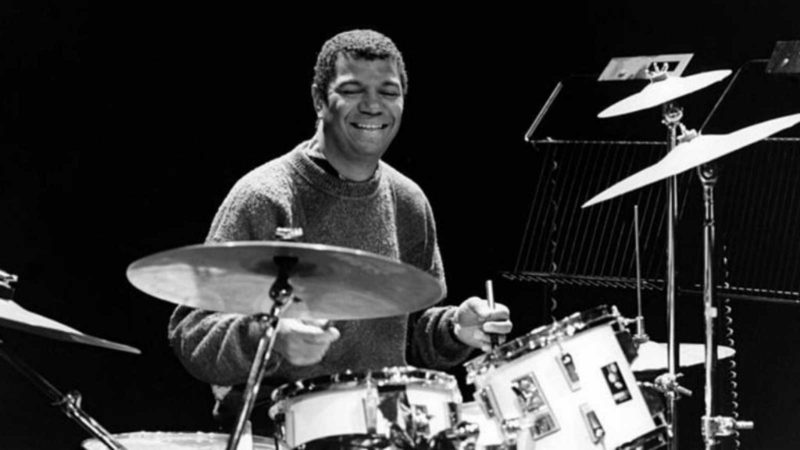
I was watching Daniel, because he had the most interesting drum set I’d ever seen in my life, with the bass drum that faced straight up to the ceiling like a cocktail drum. It was a regular drum set, only with a 20-inch bass drum. The next time I saw that — that was ’69 — let’s say 2009, Roy Wooten (Futureman) comes to me with a drum set made by a guy named Sleisman. I don’t even think Roy was born in ’69; I don’t even know. He’s playing this kit with bass fiddle f-holes on the sides of the bass drum, facing up, only this time it’s a 22-inch bass drum. So there’s only two people I’ve ever seen play that drum set, and it’s really amazing. All on that same day Neil Armstrong put his big foot on the moon.
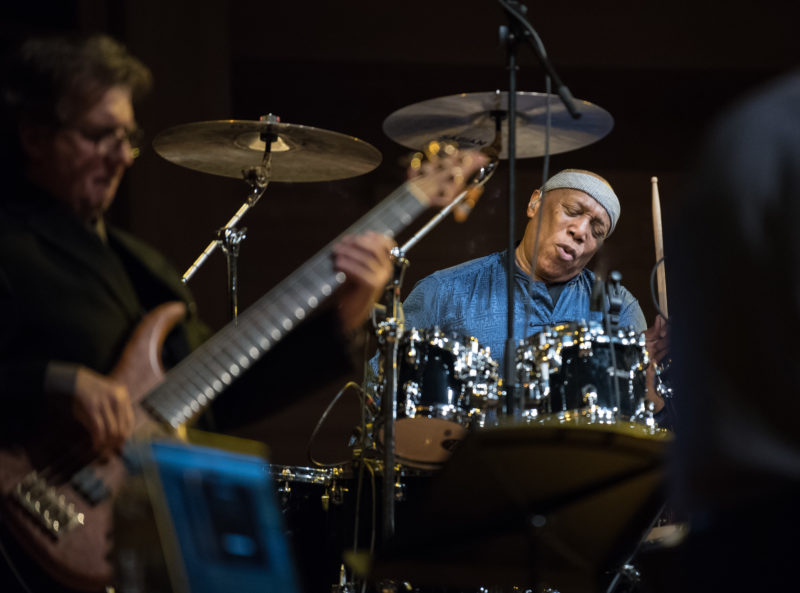
MFN: You got to play with a Who’s-Who of the jazz and fusion crowd and more. Was there anybody you didn’t get to play with whom you wanted to.
BC: [immediate answer] JONI MITCHELL. I don’t think that’s going to happen. One of those things. I don’t know what I would do with her anyway except play brushes. [laughs]
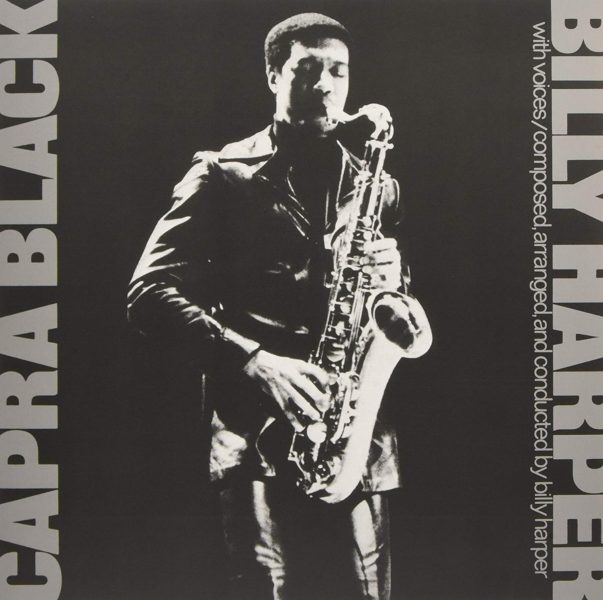
MFN: I loved your playing on Capra Black with Billy Harper on the Strata East label.
BC: Good record!
MFN: And by the time I got to see Jazz is Dead, you’d been replaced by two drummers: Jeff Sipe (Apt. Q-258) and Rod Morgenstein.
BC: They had a lot more money then! [laughs]
MFN: Did you feel like you were a house drummer during the CTI/Kudu period (1970-1973), because you were on so many of those spectacular recordings (22).
BC: Yes. I was quite blessed. Got a lot of experiences from there, like working with Jackie and Roy, Esther Phillips, I can’t remember who else. But we did a lot of stuff that way, and a lot of instrumental stuff. It was cool. It was a good set-up for me, a good way to get out of the studio scene before I went out on the road.
MFN: There were several other favorite recordings you are on, including Arif Mardin’s Journey and Les McCann’s Invitation to Openness that still knocks me out, and of course that second side of Mahavishnu John McLaughlin’s My Goal’s Beyond is still one of the most beautiful things I’ve ever heard.
BC: Yes. Charlie Haden played really well on that. Beautiful.
MFN: I still love playing Blue Moses by Randy Weston.
BC: Whoa. That’s really funny. You’re speaking of something I was just discussing with Alex Blake, who played a long time with Randy toward the end; he was with him at the end. And I happened to be at the other end of the whole scene back in Europe back in 1972. This time the band was Oliver Nelson, Randy Weston’s band with Oliver Nelson, Jimmy Owens, Kenny Barron, Chris White and myself. We played the jazz festival; I can remember it like it was yesterday. We just had a ball. Very easy-going. Because we had done the Blue Moses album right about then, so we pushed that.
MFN: Thinking about the first Dreams album (1970), was that your first time working with the Breckers?
BC: Yep. Whoa. Was it? First time with Michael Brecker. Prior to that, I had worked with Randy Brecker in Horace Silver’s band (You Gotta Take a Little Love, 1969).
MFN: You’ve been playing with Tim Landers off and on for a long time ever since Glass Menagerie (1982).
BC: More off than on, actually. Recently, by accident. Almost like seeing a ghost. I lost track of Tim in 1983-84. He went to L.A., and I never saw him again until 2014. Nothing bad; I heard he was working; he was busy. The grass wasn’t growing under my feet; I was just busy all the time, so I just didn’t think about it. I happened to be in Joe Porcaro’s college in Pasadena College of Music, and somebody tapped me on the shoulder. It was Tim; he was teaching there. A ghost! I hadn’t seen him in 30+ years. It was a nice way to come back around and start working with him again. From there, I started working on this Crosswinds Project, and he was a perfect fit for it.
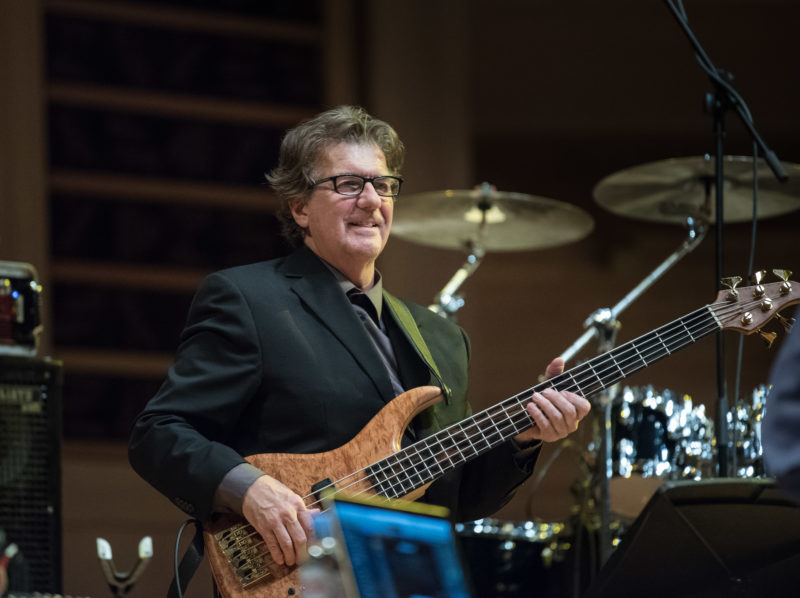
MFN: How did you hook up with your guitarist, Fareed Haque?
BC: I’m trying to remember who told me to call this guy. I think I saw him with Joe Zawinul’s band a few years before, a young kid, had some interesting ideas. Somebody told me, “Call this cat. He might be interesting for you. He’s in Chicago; he’s a professor at Northern Illinois State,” and I said, “Why not?” Then I started looking into him. He was working with Kai Eckhardt’s bands (Garaj Mahal) and all, and I thought, “This could be interesting. Let’s see if he has the right mindset that I can work with, to feel comfortable with. Sure enough. We have our bumpy roads, but it’s cool. No problem.
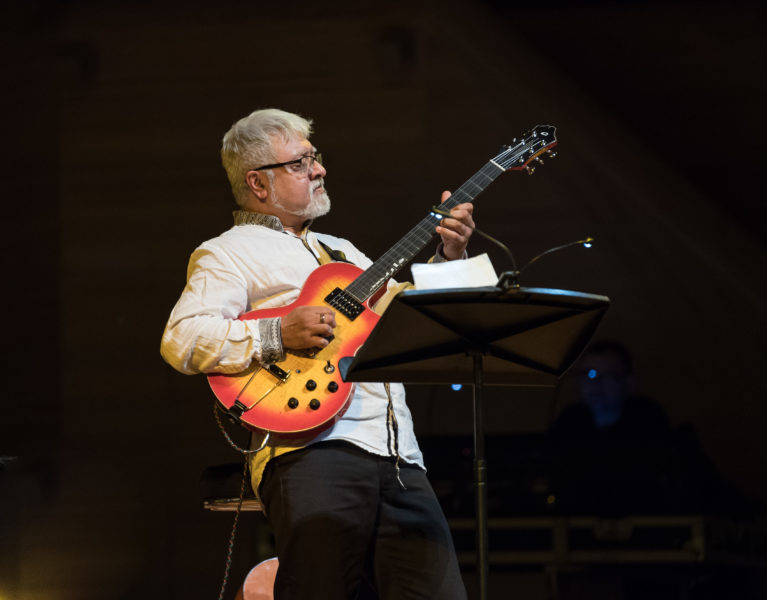
MFN: Haque goes in so many interesting directions, with his Flat Earth Ensemble, his classical recordings, the rock stuff, and jazz.
BC: Oh, now I know who told me. It was a great bass player out of Santiago, Chile, named Christian Galvez, and he has worked with me many times over the years, very rich in what he has to offer, and they had a duet, and he said, “You’ve got to try Fareed.” And it works!
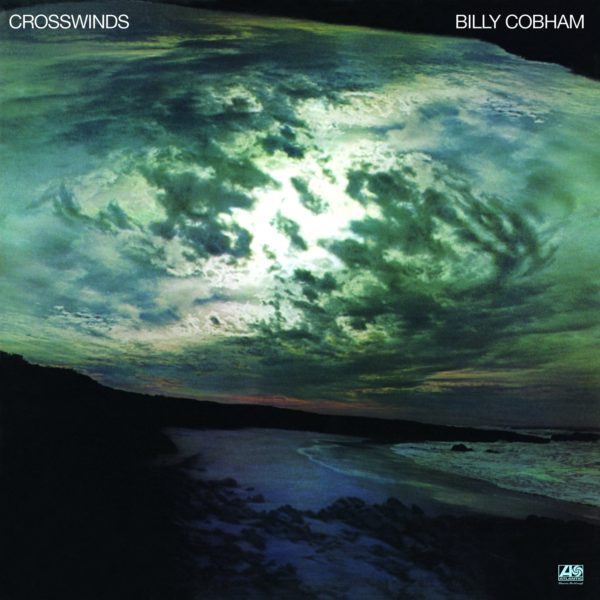
MFN: So talk about the Crosswinds Project.
BC: It started in the fall of 2017, and the original band was Ernie Watts on woodwinds, but in the back of my head I had heard about and had been listening to a bassoonist named Paul Hanson, whom I eventually wanted to match up with Ernie, playing soprano sax and bassoon and Ernie playing wood flute and a little bit of soprano. And then I wanted to add Randy (Brecker) in the middle. That just never came to be: conflict of shows, and Ernie had commitments well into the future that just would not allow us to work together on a consistent basis, so I had to stop. I just went with Paul and Fareed and Tim and originally Scott Tibbs on keyboards. We ran into a little bit of a train wreck in terms of concept with him, so I just switched to Oz Ezzeldin.
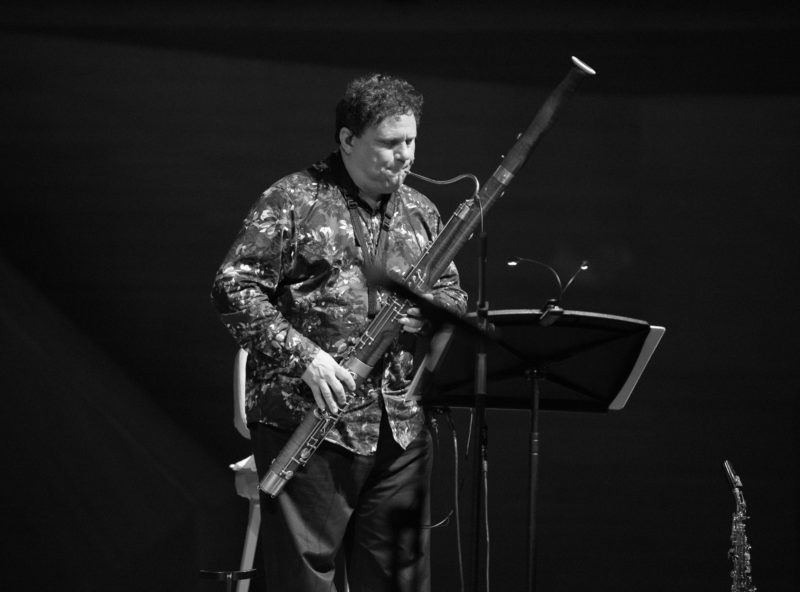
MFN: Scott Tibbs is still on the new album Time Lapse Photos.
BC: By the time we ran into the problem, the album was done.
MFN: We’re looking forward to hearing the album.
BC: The group of characters is very unique, and my main thing is constantly working to try to re-invent myself to the public so that there’s no question that we’ll have some kind of staying power and attraction to people who come to put their butts in the seats. That’s what makes it all go.
MFN: How long will you carry this project on, or are you planning something for the future?
BC: I think I’ve found a calling for a while, and that’s to play with musicians where, if I can match them up with the music that I’ve written before and I feel needs to be exposed one more time, I will do that. The Crosswinds Project will probably get shelved in about two years. We’ve all been out there so far for about two years, so another two years, maximum, before the Total Eclipse Presentation is set up. If I’m talking about it, I’m not doing it. I have to set up a timetable and then go with it and try to build a new project and come up with something a little different for that. That’s in the works right now.
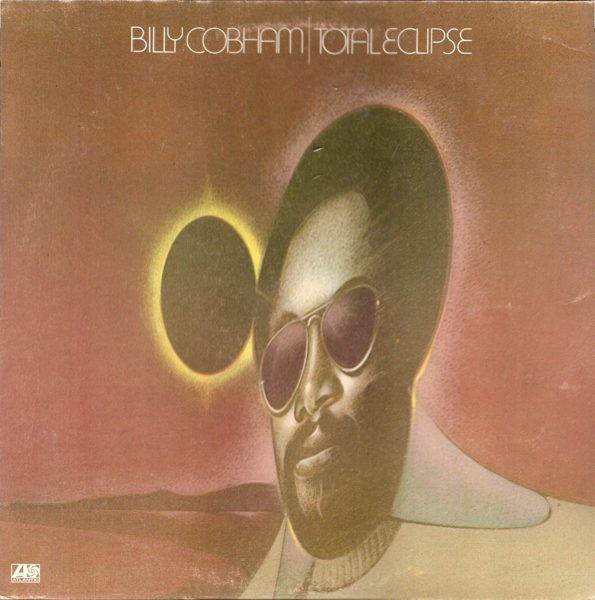
MFN: We’re looking forward to all of these projects. We’re just grateful you’re doing it.
BC: Well, for me, I don’t want to get too far ahead of myself, but my whole concept with the Total Eclipse Project is re-invent my tie-in to Igor Stravinsky’s Firebird, things like that, Miraculous Mandarin (Béla Bartók), and how they tied into the recording I did for Total Eclipse. This would be more for a concerto concept, with my band in front, and we’d be working with a large orchestra. Since I’ve been doing that around the world, it tends to make a nice transition as I get older more time in one place to rehearse and get things together to present to a larger audience, something with meaning that all ties in, that’s logical. So that’s what I’m looking at.
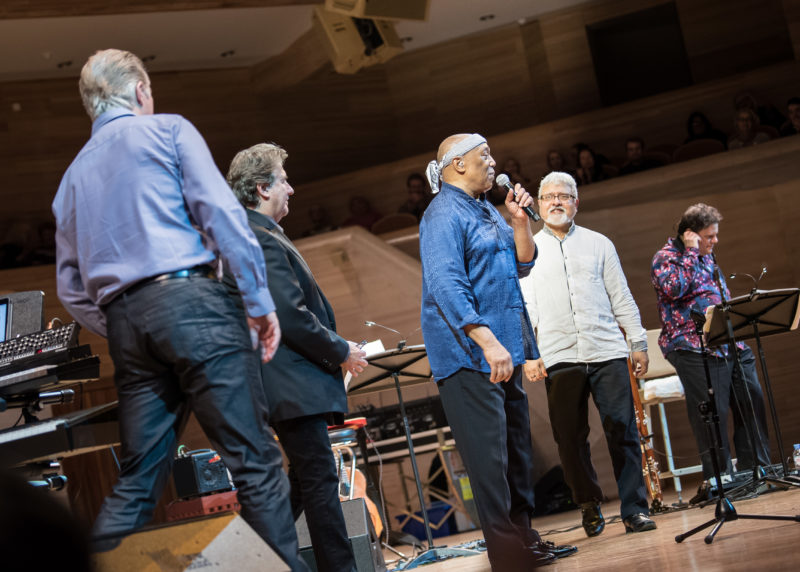
MFN: I wanted to mention that one of my other favorites of yours was the Cobham-Duke Band. I got to see you twice in 1976. That was a fun band.
BC: [laughs] That it was. That’s for sure!
MFN: We look forward to seeing you Saturday in Largo.
BC: Thank you. Stop by and say hello.
MFN: We will. Thanks again.
